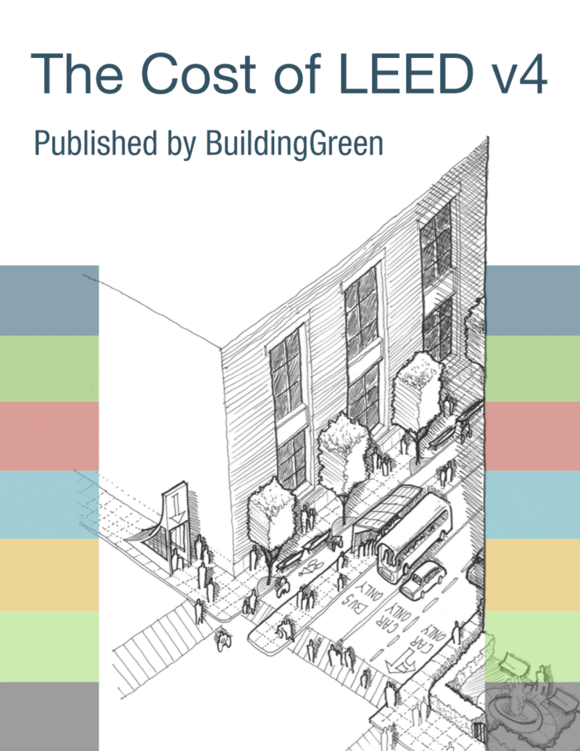Corrections for Further Explanation > Renewable Energy Systems and Third Parties:
At the top of the section, add the following header: "Renewable Fuels Purchased Off-Site:"
Replace the first sentence that begins with "Some renewable energy systems..." with the following: "Some renewable energy power generation systems that use fuels produced off site (e.g., landfill gas) can still be eligible to receive points under this credit if these fuels are harvested and produced within the same utility service area."
Delete the third bullet point which begins with "If the fuel provider does not also provide RECs..." from the bulleted list.
After the bulleted list, add the following header: "On-Site Third Party Systems:" and replace the paragraph that begins with "In some cases..." with the following text: "In some cases, on-site renewable energy may be available from equipment, such as a PV array or wind turbine owned by a third party. Project teams wishing to receive credit for such an arrangement must submit documentation, including the agreement between the project owner and the power producer. The contract must last for at least 10 years, and the project owner must retain all environmental benefits from the renewable energy."
Delete the sentence that begins "For example, if a PV array owner sells electricity..."
Delete Figure 1. Renewable energy scenarios and requirements
Corrections for Further Explanation > Renewable Energy Certificates and Carbon Offsets:
In the third paragraph, update the sentence "A project can still claim this credit by purchasing enough RECs or offsets to make up for the RECs that were sold" to read as follows: "An on-site renewable generation project can still claim this credit by purchasing enough RECs or offsets to make up for the RECs that were sold"
Corrections for Further Explanation > Project Type Variations > District Energy Systems:
Replace the first sentence of the second paragraph in this section with the following text: "The fraction of project costs offset by the renewable energy that the DES contributes depends on the total cost of renewable energy used at the DES to generate each thermal energy source, and the percent of each DES thermal energy source delivered to the project.
Delete the sentence that reads "The total cost offset is based on the product of these two factors."
Delete Steps 1-3 in this section. Add the following text as the new Step 1: "1. Use equation 1 in Further Explanation > Step by Step Guidance to estimate the annual energy cost for each district thermal energy source provided by qualifying renewables."
Replace Step 4 in this section with the following text: "2. Sum the annual cost of the renewable energy contribution from each district thermal energy source serving the building to identify the total renewable energy contribution from the district plant."
Make the following edits to the Required documentation table:
- Delete 4th column titled "If selling RECs"
- Rename second column header to: On-site third party system ownership
- Update the title of the 7th row of the table to read: "If selling RECs for on-site system, Contract and Green-e certification for REC or carbon offset purchase"
- Delete final row of the table titled "Green-e Certification"



